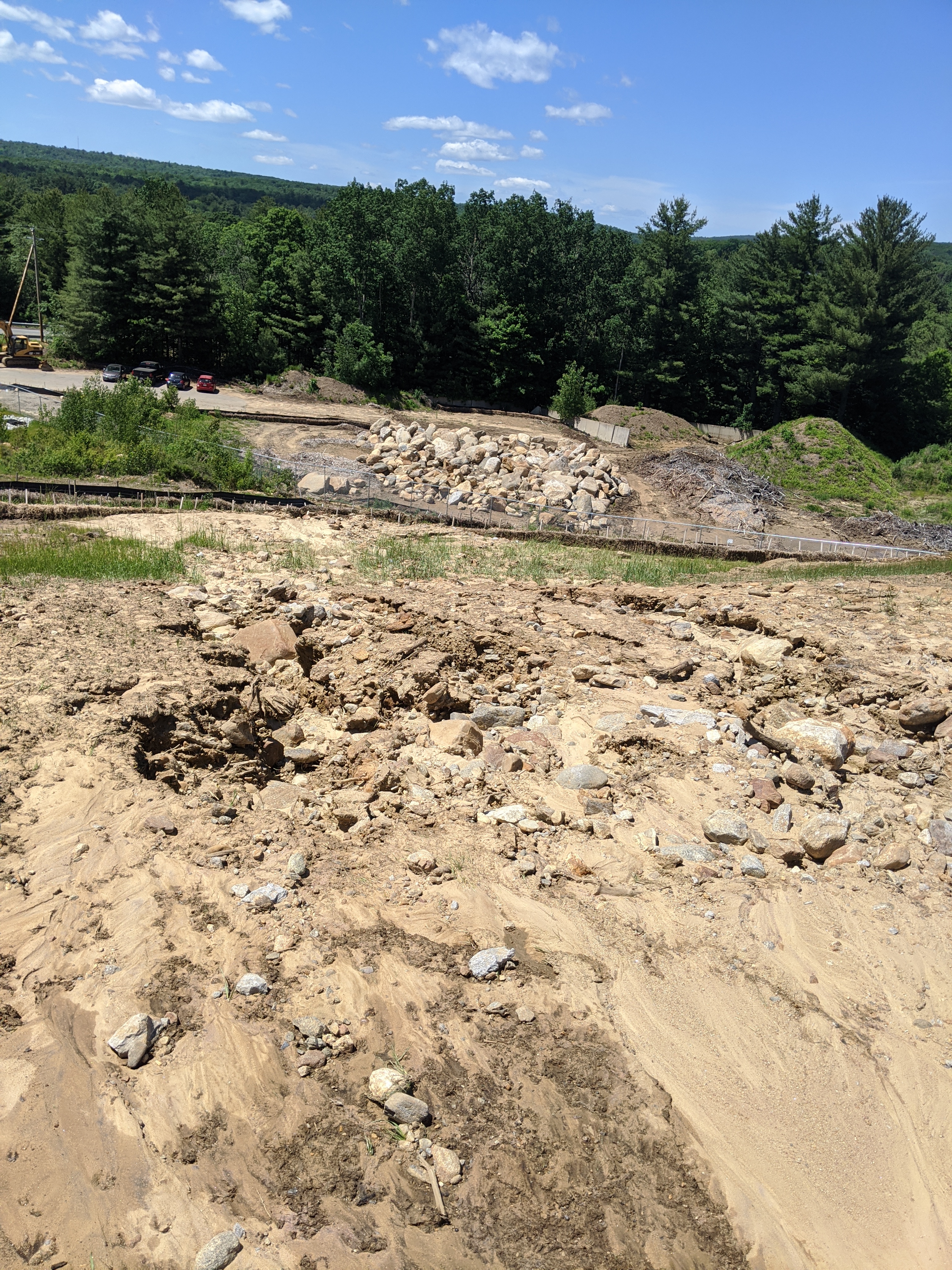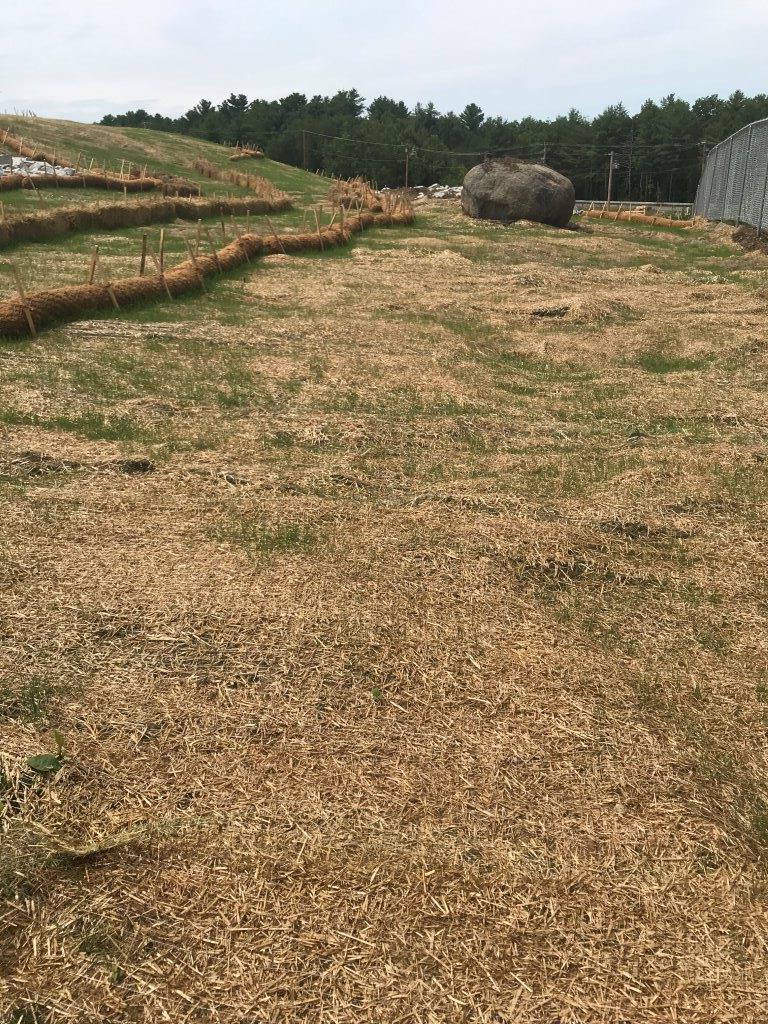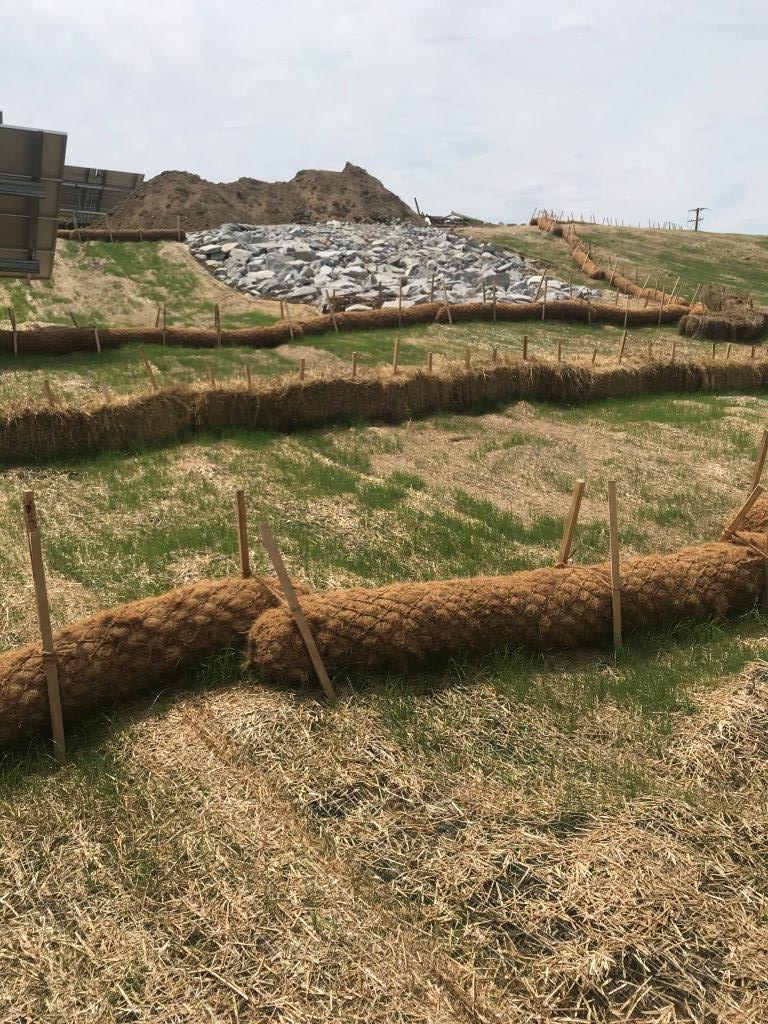Solar Site Construction Done Right: Project Sequencing Is Essential
| |
Key Takeaways:
- By properly understanding site conditions, solar developers can achieve a responsible construction sequence while minimizing unwanted and costly impacts.
- Project delays are typically tied to – and can usually be avoided if – one pays careful attention to ground cover and stormwater.
- If the land is sloped, clear and seed from the top down in phases to retain a downhill erosion control buffer.
- Allow planted seeds several weeks whenever possible to germinate without disturbance to the site. Don’t schedule this step during summer when seeds are unlikely to thrive in parched soil.
- Be mindful of proper solar site development sequencing, enlist professional support, and get it right the first time.
| |

In the early days, solar power developers’ land focus was often singular: if surrounding trees and buildings didn’t hinder PV panels from soaking up the sun, the permitted parcel was encircled with staked strawbales, and construction commenced. Not so today. By properly understanding site conditions, solar developers can achieve a responsible construction sequence while minimizing unwanted and costly impacts. Here are some key guideposts for effective, successful solar power project construction sequencing.
Success Starts in the Soil

Moving from early sitework to Phase One development, trees are often cleared for the entry drive and initial/temporary stormwater management measures are constructed. Typically, these measures will include surface basins (which can be used as temporary sediment basins during construction) and the installation of erosion control barriers upstream from those basins.
Getting Erosion Control Right
In Phase Two, the solar developer’s team must prepare the land. If sloped, it is important to clear from the top down to retain a downhill erosion buffer. Once cleared, the land is ready for rough grading followed by new loam and seed for stabilization. This is the time to install additional erosion control barriers such as coir logs, silt fencing, and biodegradable erosion blankets. Upon completion of this phase, the solar developer should allow planted seeds a few weeks to germinate without disturbance to the site. This process should not be scheduled in summer when seeds are unlikely to thrive in parched soil.
| |
These measures are not complicated, but solar project delays are typically tied to – and can usually be avoided if – one pays careful attention to ground cover and stormwater. On the other hand, those who give short shrift to even one element in this sequence do so at their own risk.
| |

Beating Stormwater and Sediment Stress
On the other hand, those who give short shrift to even one element in this sequence do so at their own risk, as a Massachusetts developer recently discovered when trying to speed up the seeding process on a solar parcel. The contractor planted hydroseed but failed to prepare the very sandy land with loam first. As the material holding the hydroseed broke down, the grass died in the sandy environment. Concerned about sediment runoff, the municipality involved shut the project down multiple times until the developer’s team planted seed in line with the O&M instructions.
These measures are not complicated, but solar project delays are typically tied to – and can usually be avoided if – one pays careful attention to ground cover and stormwater. Because no two sites are exactly alike, Meridian Associates prepares Operations and Maintenance (O&M) manuals aligning with official federal and state erosion and sediment guidelines and other local requirements. Following this site-specific manual sets owners and developers up for long-term success.
Similarly, the best opportunity to ensure effective stormwater management occurs during construction. One developer that did not address basin sediment accumulation until the solar panels were installed recently found that remaining operational will now require ripping up turf and as well as multiple days of a labor crew with hand tools, all to accomplish something that would have been an easy fix if approached in the correct sequence.
Solar project developers: don’t cast your organization in one of these costly stories. Be mindful of proper solar site development sequencing, enlist professional support, and get it right the first time.
 About the Expert
About the Expert

Chris Ryan
PRINCIPAL, LAND DEVELOPMENT & RENEWABLE ENERGY
Chris Ryan leads Meridian Associates’ renewable energy practice. A principal of the firm with over 20 years of civil engineering experience, Chris has been involved in over 100 megawatts (MW) of ground-mounted solar photovoltaic (PV) arrays across Massachusetts and Maine. Chris has expertise in stormwater management, survey, and use of Light Detection and Ranging (LiDAR) in horizontal construction projects. He maintains client relationships with key Meridian solar development partners and municipal clients, leading stormwater and other civil site design projects.





